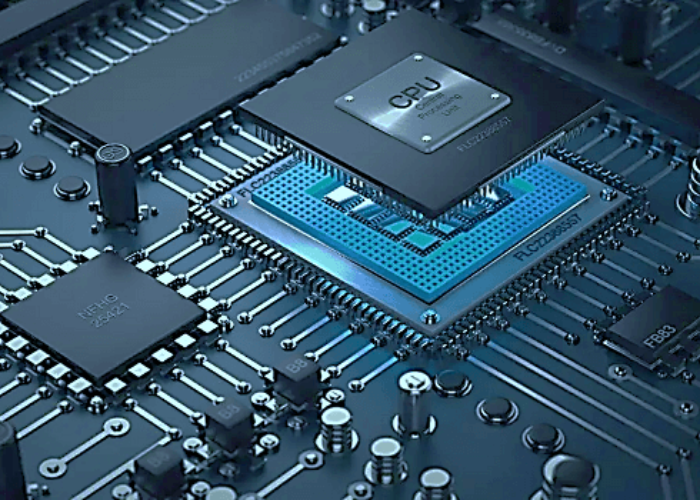Embedded systems are often built within mechanical, electrical, or electronic frameworks to perform a predetermined task. Today, embedded system architectures may be found in various consumer electronics, industrial machinery, medical devices, and transportation systems.
Embedded Course systems are being designed with the help of code and hardware. Planning for embedded systems is a growing topic with promising prospects. To design a better career path, enrol on the Embedded Systems Design training project and get the benefits.
Embedded Systems in Time-Critical Environments
It may be used in a wide range of low- to high-priced contexts. Everything from home and office appliances to industrial machinery, entertainment systems, and even aeronautical and military control systems. Additionally, the embedded system is used in many other fields, including banking and office automation—the subsequent Embedded Programming in all banks, home appliances, instrumentation, and telecommunications.
System Embedded With A Microcontroller
Regarding primary computing hardware, the MCU is superior to the MPU. Both methods have significant benefits, but the most important ones for most applications are cheap cost, small size, and low power consumption.
In reality, the microprocessor includes supplementary components that allow the entire engine to be processed by a single chip. Most of the handling engine components are now contained on a single chip to reduce overhead and speed up the process. Signal mixer microcontrollers increasingly control non-digital electrical equipment.
Cost-Effectiveness And Benefits Of The Equipment
An important benefit of embedded systems is the fact they need nothing in the way of maintenance or upgrades to the hardware, such as more memory or storage space. This makes it easy for manufacturers of larger hardware or mechanical frameworks to include. The final user also won’t need access to the embedded systems themselves.
Due to their specific design, embedded systems need far less expensive hardware. Despite the low cost, quality and efficiency are seldom sacrificed.
Those interested in learning more about Embedded Systems Design may enrol in various online Embedded Systems Training courses. You will be guided through the material by encouraging instructors. You may also take a mock exam or an assessment to see how well you understand the material. The exact results from experiments will be published in academic papers. Other learning arrangements, such as corporate training, Boot camp training, home classroom training, and so on, are also available to the seekers.
Competencies Needed
- The capacity to decipher schematics.
- Competence in at least one major programming language, preferably C or C++.
- A conceptual framework for designing and constructing microprocessors.
- Internal memory structure for hexadecimal, binary, decimal, and octal numbers.
- The embedded software is the primary factor in determining how the embedded system operates. The microcontroller is often programmed in embedded C.
Conclusion
You must be curious about embedded systems; we hope that’s the case. You will grasp the brilliance of this once you get beyond the theoretical stage. This system’s ability to conclude is fundamental to developing any technological system. An embedded system is the best learning objective to pursue if you want to develop anything using a collection of hardware and software.

